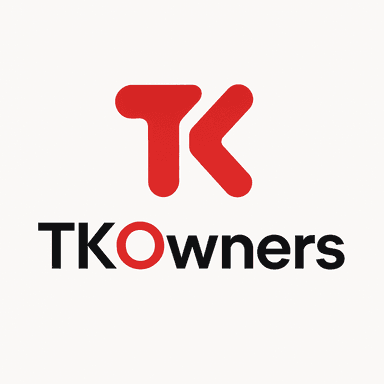Overview / Executive Summary
Here’s the deal: you can drop six figures on an MBA that teaches you how to manage teams in theory. Or you can spend a thousand bucks on a 3D printer, learn by doing, and maybe make stuff people actually want. The 3D printing industry is growing like a weed, and the barrier to entry is almost comically low. If you’ve got a curious brain and a little grit, this business isn’t just viable it’s a practical crash course in entrepreneurship with real upside.
Value Proposition
This business isn’t about mass production. It’s about smart, custom, just-in-time design. We’re offering high-quality 3D printed products tailored to niche audiences cosplayers, hobbyists, small business owners, educators people who want something unique, not generic. On top of that, we’re giving aspiring makers the blueprint to turn a garage into a micro-factory.
Target Audience
We’re speaking to the doers. Hobbyists who love tinkering. Small business owners who need prototypes fast. Teachers who want to make STEM real. Parents looking for hands‑on learning for their kids. And yes, nerds who want the perfect custom lightsaber. These folks are tired of mass‑produced junk and are hungry for customization, fast iteration, and that “I made this” feeling. We’re solving their pain with practical tools, personal service, and easy access to custom prints.
Market Landscape
The global 3D printing market is sitting at $19.3 billion and projected to shoot past $100 billion by 2032. That’s not a typo. Consumer and desktop 3D printing is riding the wave, thanks to lower costs and easier access to gear and know‑how. Services like Shapeways and marketplaces like Etsy are booming, but there's plenty of room for scrappy creators to carve out a profitable corner. The market for 3D printing services alone is expected to more than double by 2029, which is good news if you're not ready to start selling your own filament line just yet.
SEO Opportunities
Let’s talk traffic. Keywords like “3d printing business,” “learn 3d printing,” and “3d printing education” have strong demand and low to moderate difficulty. That’s a rare combo. Our SEO content should zero in on beginner-friendly tutorials, business idea breakdowns, and printer reviews. The terms “best 3d printer for beginners 2025” and “maker tools” are ripe for content that pulls in curious first-timers looking to get their feet wet.
Go‑To‑Market Strategy
Start scrappy. Buy a quality mid-range 3D printer and document your journey wins, fails, everything. Post on TikTok, YouTube, and Instagram. People love transformation stories. Launch an Etsy shop with 10 niche products (think: desk organizers shaped like mythical creatures, personalized keychains, niche cosplay props). Run a giveaway to build your email list. Engage on Reddit and maker forums. Host a local print‑your‑own‑gadget night if you’re feeling social. The first 100 customers will come from a mix of short‑form content, niche targeting, and good old-fashioned word of mouth.
Monetization Plan
- Custom Product Sales: 3D printed gadgets, home decor, cosplay gear, etc.
- Custom Orders: Personalized gifts or client‑provided prototypes.
- Digital File Sales: Designs sold on Gumroad or MyMiniFactory.
- Workshops and Classes: Teach the basics to local hobbyists or online learners.
- Service Bureau: Offer on-demand printing for startups and educators.
- Subscription Models: Monthly access to premium STL files or behind-the-scenes content.
Margins on prints are solid (30 to 70%), and digital file sales have near-zero cost of goods sold.
Financial Forecast
Here’s a conservative Year 1 projection:
- Startup Costs: $1,500 for printer, materials, and marketing.
- Monthly Operating Costs: $300 (materials, electricity, software).
- Revenue: $10,000 to $25,000 depending on product mix and traction.
- Gross Margins: 40% to 70%
- Break-even: 3 to 6 months if you hustle.
This isn’t going to fund a yacht in Monaco, but it’s a solid, scalable path to a profitable side hustle or full-time gig.
Risks & Challenges
This business isn’t foolproof. Messy prints, customer returns, burnout from troubleshooting finicky machines all on the table. Plus, the market’s got its share of noise. You’ll have to stand out with originality, consistency, and quality. Oh, and make sure you’re not accidentally printing copyrighted stuff unless you like legal letters. This business rewards patience and iteration, not perfection on day one.
Why It’ll Work
Because it already is. Every day, makers are turning $20 spools of filament into custom parts, art, and tools that people want to buy. The startup costs are low. The upside is high. The skills you learn are transferable to everything from design to product development to sales. In a world that’s leaning into personalization and creator-driven commerce, a smart 3D printing business is a bet worth making.
